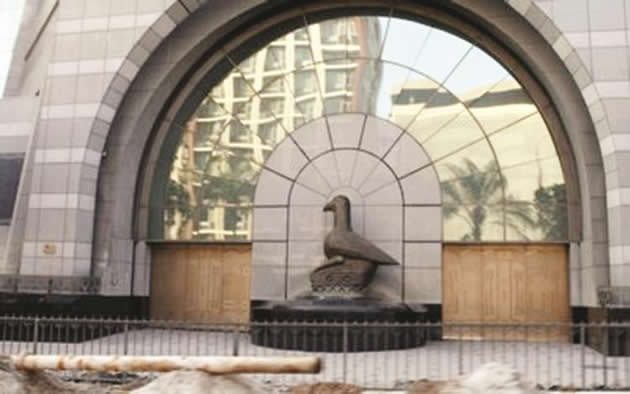Inflation down to -1.28 percent

Oliver Kazunga Senior Business Reporter
THE country’s year-on-year inflation declined to -1.28 percent last month from the December 2014 rate of -0.80 percent, the Zimbabwe National Statistics Agency has said. This means that prices as measured by the all items Consumer Price Index (CPI) decreased by an average of 1.28 percentage points between January 2014 and January 2015.
“The month-on-month inflation rate in January 2015 was -0.34 percent shedding 0.25 percentage points on the December 2014 rate of -0.09 percent.
This means that prices as measured by the all items CPI decreased at an average rate of 0.34 percent from December 2014 to January 2015,” said the agency. Presenting the 2015 monetary policy statement last week, Reserve Bank of Zimbabwe (RBZ) Governor John Mangudya said the continued decline in the inflation rate was critical in price correction.
“The Reserve Bank’s considered view is that the reduction in the rate of inflation in the national economy was and is a necessary process towards correcting the high prices obtaining in the country. It’s disinflation and not deflation. Instances of disinflation aren’t uncommon and are viewed as normal to correct some of the macroeconomic fundamentals due to market failure.
“The disinflation in Zimbabwe is therefore a good development as it increases the consumers’ purchasing power,” said Mangudya.
He added that disinflation was different from a deflation phenomenon, which was caused by businesses lowering prices in a desperate attempt to get consumers to buy their products.
In the case of Zimbabwe, he said, businesses were lowering prices not because of lower demand but because imports were coming into the country cheaper due to the weakening of the major trading partners’ currencies against the local unit of account, the United States dollar.
On the outlook, Mangudya said inflation was expected to remain in the negative territory for the greater part of 2015, reflecting the effects of depressed international oil and food prices, weaker currencies against the US dollar and the positive effect of disinflation in the economy.











Comments